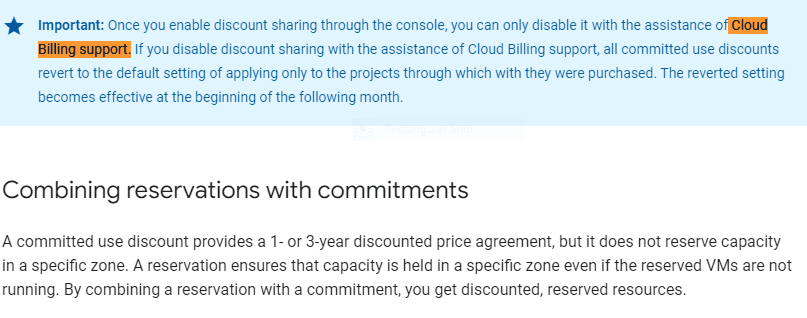Google Cloud-Digital-Leader - Google Cloud Digital Leader exam
Your organization is running all its workloads in a private cloud on top of a hypervisor. Your organization has decided it wants to move to Google Cloud as quickly as possible. Your organization wants minimal changes to the current environment, while using the maximim amount of managed services Google offers.
What should your organization do?
Your team has developed a machine learning model for your customer. The test results indicate very strong predictive capability. The model is then deployed in production. Evaluation of the predictions in production show that they are off by a pronounced margin. What is the issue and how can you solve for it?
Your application is onboarding a number of users. The details of the users very widely. What kind of database would be most suitable for this use case?
Your organization recently migrated its compute workloads to Google Cloud. You want these workloads in Google Cloud to privately and securely access your large volume of on-premises data, and you also want to minimize latency.
What should your organization do?
Your company security team manages access control to production systems using an LDAP directory group.
How is this access control managed in the Google Cloud production project?
Your organization meant to purchase a 3-year Committed Use Discount, but accidentally purchased a 1-year Committed Use Discount instead. What should your organization do?
The CFO is attending one of the preliminary meetings in the migration strategy meeting. She brings up the concern about costs. They have contracts with their vendors and the payments they will need to make when purchasing any kind of infrastructure. This gives them a clear view of numbers for resource budgeting and planning. Can she get the same kind of clarity on Google Cloud?
Your team is using BigQuery as your central data warehouse. You are running a certain workload that you've run frequently over the last few days. It is a short, high capacity ana-lytics workload. Which of the following would be an appropriate pricing model to use?
There are internal compliance requirements that demand that we do not use any APIs or services that are not backed by SLAs. Which of these are acceptable for us? (Choose two answer)
An organization wants to move from a strategic cloud adoption maturity level to a trans-formational one. How should the organization change the way they scale?



 Graphical user interface, text, application
Description automatically generated
Graphical user interface, text, application
Description automatically generated